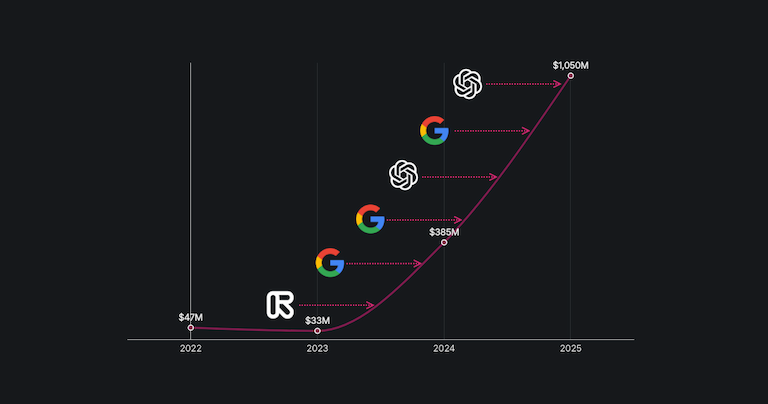Digital democracy|Artificial intelligence
AI impact on workers
Artificial intelligence is rapidly changing various aspects of our lives, and its influence in the workplace is growing. AI technologies are advancing, not only enhancing human capabilities but also, in some cases, taking over tasks traditionally performed by employees. This study examines documented cases of AI's impact on workers, analyzing the nature and scale of these incidents and their consequences for the global labor market.
Key insights
- Publicly recorded AI incidents and hazards, detected from processing over 150,000 news articles daily and reported by AIM: AI Incidents and Hazards Monitor, reveal more than 3,200 cases in the first three quarters of 2025. This indicates that approximately 12 different AI incidents and hazards captured media attention daily. While fluctuations were observed throughout the analyzed period, the third quarter showed a clear month-over-month growth trend, with a 30% increase in cases since June, reaching the year's peak in September.
- Among various affected stakeholders, workers have been identified in more than 700 AI incidents and hazards, with nearly 16,000 articles covering these cases globally. The majority — 72% — of these cases are labeled as causing “Economic/Property” harm.
- An example of such harm to workers is the case involving Anthropic. The lawsuit, filed by a group of authors, alleged that the company used millions of pirated books to train its AI models without permission, resulting in 471 articles in news outlets. Other examples include over 1,000 musicians releasing a silent album in protest against the UK government's planned changes to copyright law, as reported in 431 articles. The musicians argue that these changes would make it easier for AI companies to train models using copyrighted work without a license. Meanwhile, Amazon's announcement of plans to reduce its corporate workforce as generative AI and automation take over human tasks received coverage in 343 articles. These cases, marked as causing “Economic/Property” harm to workers, rank among the top three in 2025 for media attention.
- Furthermore, some articles explicitly report up to at least 200,000 job layoffs attributed to AI in the first three quarters of 2025, affecting roles such as customer service, sales administration, IT, design, UX, or copywriting. However, the true numbers may be higher, as not all job losses are clearly linked to AI, and the data does not account for job postings that were never created. A recent symbolic example of AI's impact on employment is Albania's decision to appoint a bot as a “minister,” highlighting the evolving role of AI in positions held by humans.¹ Research by MIT offers a different perspective, stating “that AI is more likely to complement, not replace, human workers.”²
- When analyzing countries where AI incidents and hazards affecting workers have occurred, the US leads with 225 cases, accounting for almost a third of the total. It is followed by China with 49 cases, Ukraine and the United Kingdom each with 38, India with 30, Germany with 25, Russia with 23, South Korea with 22, and both France and Turkey with 12 cases each. Among these countries, the US also has the lowest score in the Labour Rights Index, suggesting that workers there may be more vulnerable due to a lack of labor market protections.
Methodology and sources
Data for this study was primarily sourced from the automated monitor of AI incidents and hazards from public sources by OECD on October 24, 2025. The focus was on the period from January to September, the last fully available month of 2025.
To review AI incidents and hazards impacting the labor market, data was filtered by the category “Affected Stakeholders: Workers” and additionally by “Harm Type: Economic/Property.” It is crucial to acknowledge that the analyzed cases may encompass multiple affected stakeholders or harm types beyond those specified. Each AI incident or hazard is associated with multiple news articles, which were used to identify the top cases with the most extensive media coverage. Additionally, most incidents or hazards are linked to specific countries, indicating where they occurred.
The calculation of job layoffs involved compiling exact numbers of job cuts explicitly mentioned in titles or summaries of AI incidents and hazards within AIM: AI Incidents and Hazards Monitor. The focus was solely on reported actual job losses rather than projected plans or future estimates.
Note: more detailed information on how AIM: AI Incidents and Hazards Monitor records cases, as well as definitions of AI incidents and hazards, is provided in the “Overview and Methodology of the AIM: AI Incidents and Hazards Monitor” section.³ Additionally, please note that the Labour Rights Index scores countries based solely on applicable labor laws.
For the complete research material behind this study, visit here.

